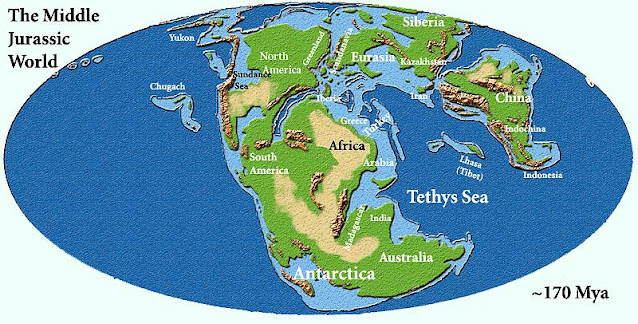Calling Mr Hook in Charlotteville

Curtis Antoine continues the fisherman’s lifestyle inherited from his father, passing it on to his son. He speaks with Dr Anjani Ganase, marine scientist and explains how he has adapted his business as harvests from the sea change. The first time I worked with Curtis Antoine, he was introduced as “Amin” after the Uganda Dictator Idi Amin. This alias given to him during the days of Boy Scouts Jamborees in Trinidad for his serious demeanour stuck and labelled his intensity and the way he commanded attention. The Curtis I came to know is humble, courteous and wise. Safety on the sea is his key characteristic today and it is something he impresses on everyone that comes to his boat. Curtis and his son, Curtis Junior, are the owners-operators of Curtis Boat Tours. Curtis grew up on the waters around and beyond Charlotteville. When he was supposed to be in school, he would sneak away with his father, who was a fisherman. The sea was his master teacher and he le...


